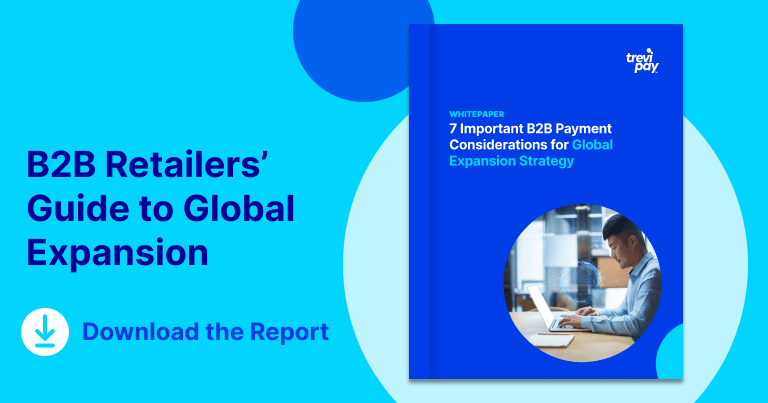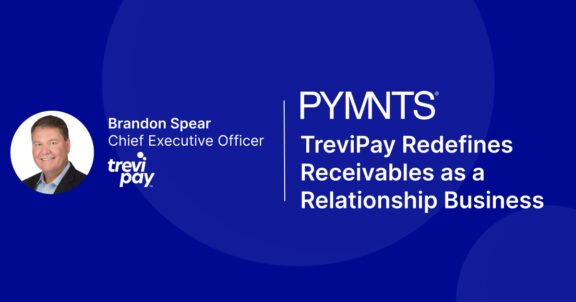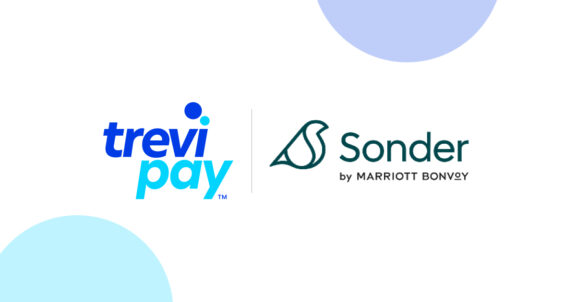Proving and authenticating an organization’s digital identity is one of the biggest struggles facing B2B companies when it comes to preventing global payments fraud. We recently conducted research with PYMNTS that found that 98% of B2B retailers, manufacturers and marketplaces have been victims of fraud or have missed opportunities to do business with firms that were later revealed to be legitimate. As a result, these businesses have lost 3.5% of their annual sales revenues on average.
How can you ensure you’re not leaving money on the table or losing money to global fraud?
There are many approaches to preventing global fraud – some that work better for B2B organizations than others. Firms that rely on reactive and manual solutions to verify digital identities fraud lose above average shares of annual sales at 4.5%, with 2% caused by failed sales to legitimate businesses. Firms using proactive and automated solutions, however, reduce their share of lost sales to 2.3%, with 1.1% due to halted legitimate sales.
How are you regularly assessing your anti-fraud program?
Preventing B2B fraud requires vigilance. There is no “set it and forget it” method. Here are five critical questions B2B organizations can come back to regularly to assess the effectiveness of their current identity verification methods:
- How many legitimate customers are declined due to false positives? Some global fraud solutions err too far on the no-risk end of the spectrum. In fact, 54% of companies with manual processes are sure they have declined legitimate customers.
- Does your organization use payment card verification to authenticate prospective buyers? Payment card verification is common practice — 73% of the B2B companies we surveyed use it — because corporate credit cards are a popular payment option. But what if your organization’s customer needs to place a large order? Customers placing larger orders prefer to purchase using trade credit. Failure to offer a payment option such as invoicing or payment on terms could result in losses in sales and of future clients.
- Does your organization use address verification services to verify new customers? Integrating USPS address matching and verification is easy, and 47% of B2B companies use this method to verify new business customers. The solution is not foolproof, though, and might require individual follow-up.
For more tips on how to protect your organization from fraud-related revenue losses, check out PYMNTS’ latest playbooks, Reframing Anti-Fraud Strategy: Developing A Proactive Approach To Fraud Risk Management and The New B2B Authentication Standard: The Shift Toward Automated Digital Identity Verification.
Playbook #1: Reframing Anti-Fraud Strategies
Reframing Anti-Fraud Strategy: Developing A Proactive Approach To Fraud Risk Management, a PYMNTS and TreviPay collaboration, reveals the impact of fraud on B2B business growth and how businesses are attempting to balance their desire to expand with security challenges.
Playbook #2: The New Authentication Standard
In The New B2B Authentication Standard, a collaboration between TreviPay and PYMNTS, we offer the tools to perform a digital identity self-audit to help your business assess the effectiveness of existing identity verification models and develop a roadmap to make improvements.






